Researchers apply optical coherence microscopy to create in vivo images of the preimplantation developmental process in mice.
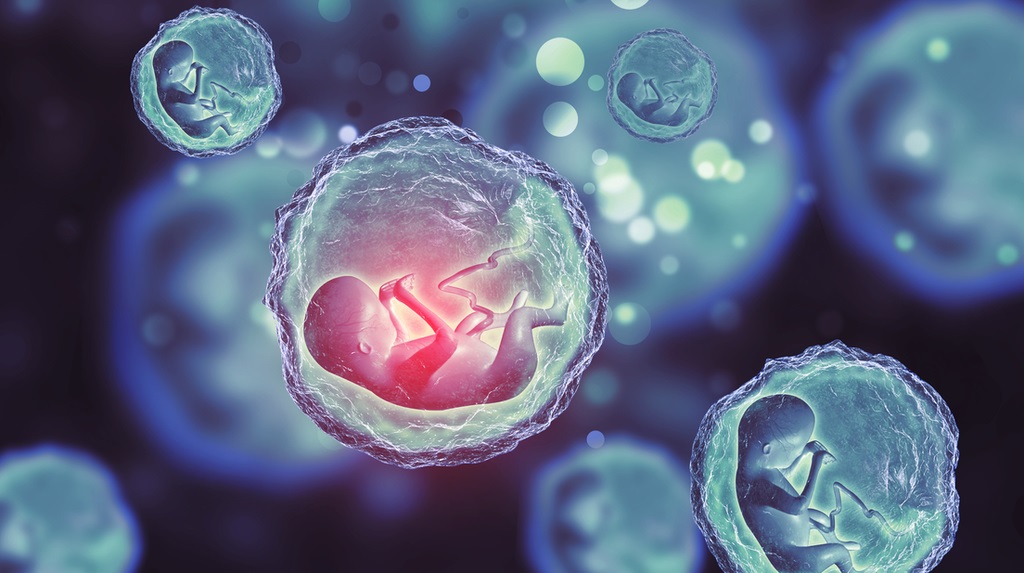


Researchers apply optical coherence microscopy to create in vivo images of the preimplantation developmental process in mice.

A team of researchers from Ireland report on the mechanisms of how atmospheric cold plasma (APC) improves the germination of seeds.
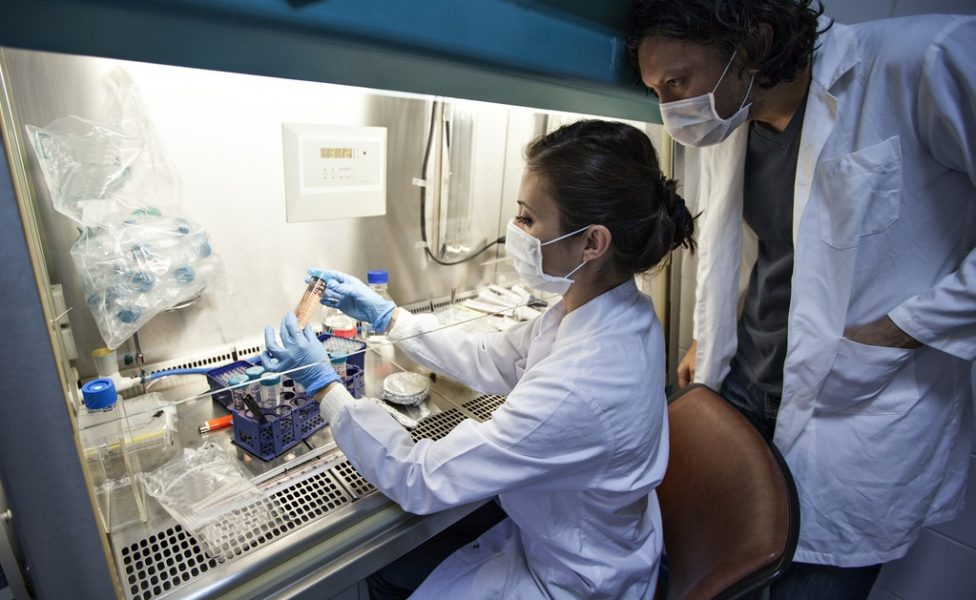
A team of researchers from China combined AC and SERS technologies to develop a novel method for urinary modified nucleoside detection as a tool for cancer screening.
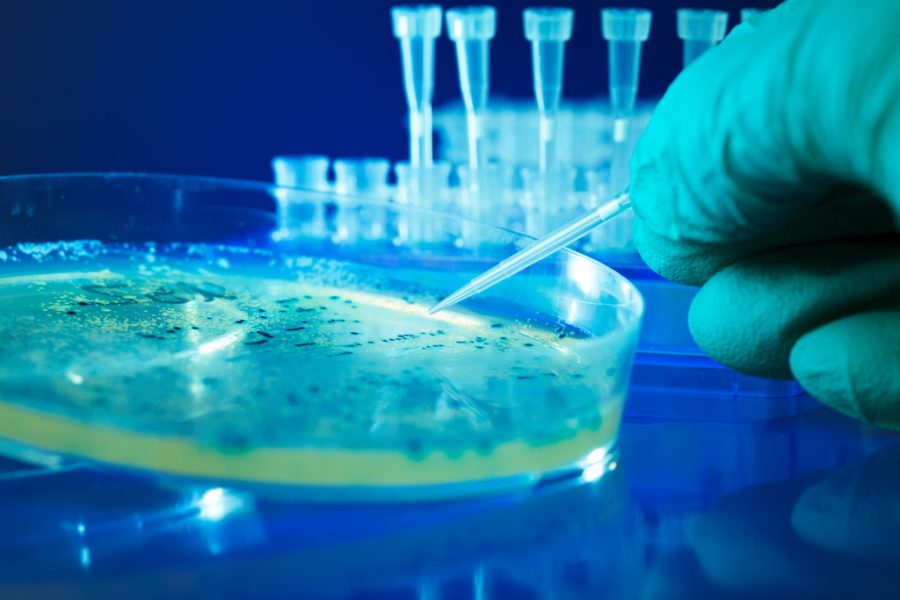
German researchers tested the efficacy of cold atmospheric plasma in the inactivation and removal of infections.
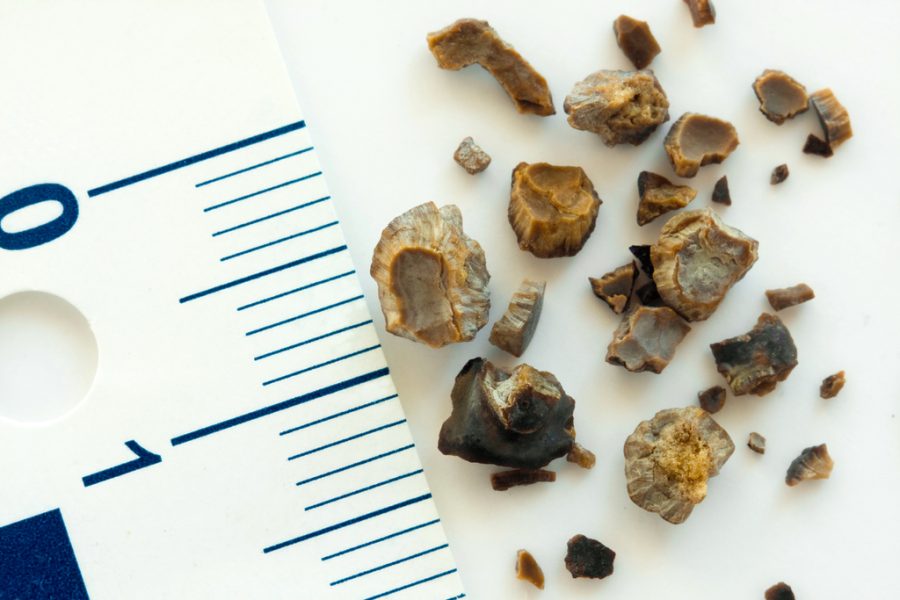
French scientists report on their new findings on fragments and dust after holmium laser lithotripsy with and without ‘Moses technology’ applied to urinary stones.

A team of Argentinian researchers developed a superhydrophobic and oleophilic carbonaceous nanosponge (CN) with high adsorption capacity for selective oil removal from water which could be used in case of oil spills.
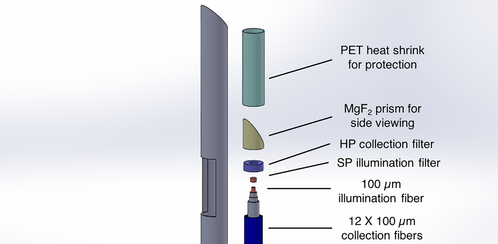
A team of Canadian researchers developed and clinically tested a navigation‐guided fiberoptic Raman probe that allows surgeons to interrogate brain tissue in situ at the tip of the biopsy needle prior to tissue removal.

Chinese researchers combined a glow‐like helium atmospheric pressure plasma jet with clinical antitumor drug‐Tegafur‐ to treat pancreatic tumor cells in vitro.

A team of Chinese and American researchers succesfully used near‐infrared spectroscopy (NIRS) for fast and accurate evaluation of brain death.

A team of Canadian researchers has shown that direct contact between an AP “cold” oxidizing plasma source and water that contains very high concentrations of cyanobacteria and green algae, along with associated BMAA toxin, could be quite rapidly (in minutes) decontaminated with modest energy input.